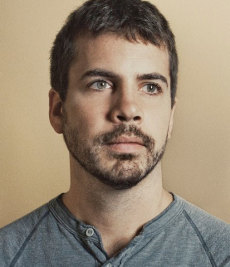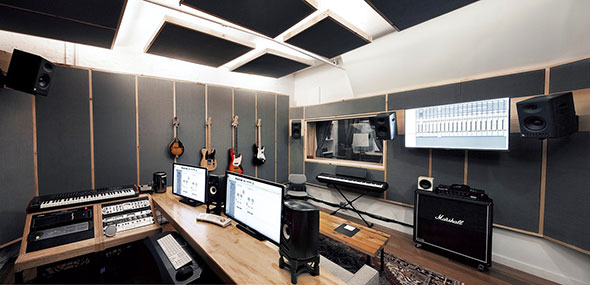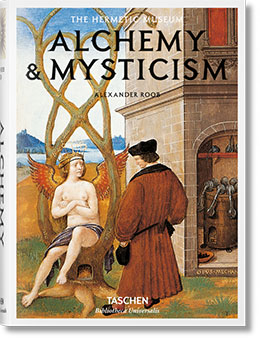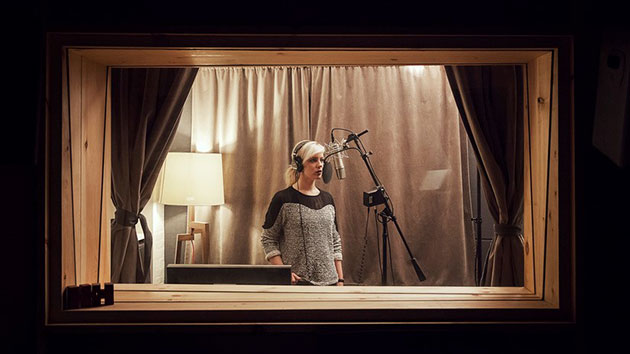
New York creative studio Mixtape Club expanded this year, enlarging its facilities and creating a new partnership with sister company Huma-Huma. Mixtape Club will manage operations for Huma-Huma, which now serves as an in-house original music and licensing boutique, as the company looks to nurture relationships with clients who appreciate the firm's ability to complete projects from end to end, including animation and live-action production, design services, and music. It's recent projects have included work for Oscar, ESPN, Google, They Might Be Giants, and Primus.
We asked Mixtape Club Partner and Executive Creative Director Chris Lenox Smith what it takes to thrive in the new media-production landscape.
This music video for They Might Be Giants' cover of "Walking My Cat Named Dog" was completed by Mixtape Club earlier this year.
What kind of technology does Mixtape Club have in the building, and what's unusual in your arsenal?
Let’s see… beyond all of the normal computer-based technology, on the visual side, we also have a down-shooter rig with a Dragon Stop Motion, a medium-sized shoot stage, a 3D printer, and a variety of still and video cameras with a solid portfolio of lenses. On the sound side, we have a bajillion instruments, microphones, preamps, etc. On the coffee side, we have a fantastic espresso machine hard-wired into the plumbing, a Japanese drip, and a pour-over station. I suppose the unusual thing is the amount of devices for brewing a cup of coffee, or perhaps it’s just unusual how much of it we drink?

Photos by James Chororos
You're integrating music and sound into your editorial pipeline. What kind of workflow challenges does that pose in terms of the different tools used for picture and sound?
We’ve honed a great system, technically-speaking, for making the rooms fully functional multimedia workstations. We can be running an edit and hop over to Pro Tools to grab a quick VO in the booth, then hop into After Effects to tweak a layout. In the old days (a few years ago), having a sound rig usually meant that the computer was not capable of running anything else. Now, with the tools we’re using, it’s totally seamless. The only challenge that arises is shuffling specialists around in the room once in awhile, so that the client can stay put while the layers of the piece are all built around them.
Mixtape Club worked with ESPN on this animated documentary short narrated by former MLB All-Star John Kruk, now a baseball analyst for ESPN.
What about design? How do you optimize a video workspace for music, and/or vice versa?
We use UA Apollo hardware for the sound interfaces in all of our rooms, which really simplifies everything, since all programs can be running sound through it simultaneously, as well as system audio. There’s no switching channels back and forth and no need for an external mixer. The other thing that helps is running TV monitors straight from the computer's HDMI slot, which kills latency issues introduced by third-party hardware.
 What's the key to thriving — or even just surviving — in this industry in NYC in 2015?
What's the key to thriving — or even just surviving — in this industry in NYC in 2015?
I think one of the keys for us, at least, is a willingness to take on a client’s responsibilities wholeheartedly. It’s a tough, competitive industry, and everyone is constantly working hard and pushing themselves to make high-quality work, but at the end of the day, what’s really important is for our clients to know that they can fully trust us to solve their problem.
Tell us about something great you've seen, heard or read lately that's inspired your own creative work.
I found a book recently called Alchemy and Mysticism, which has the most unbelievable set of outsider/mystic/apocalyptic art I’ve ever seen. I love it so much.
Sections: Business
Topics: Q&A chris lenox smith five questions huma-huma mixtape club New York City
Did you enjoy this article? Sign up to receive the StudioDaily Fix eletter containing the latest stories, including news, videos, interviews, reviews and more.

Leave a Reply